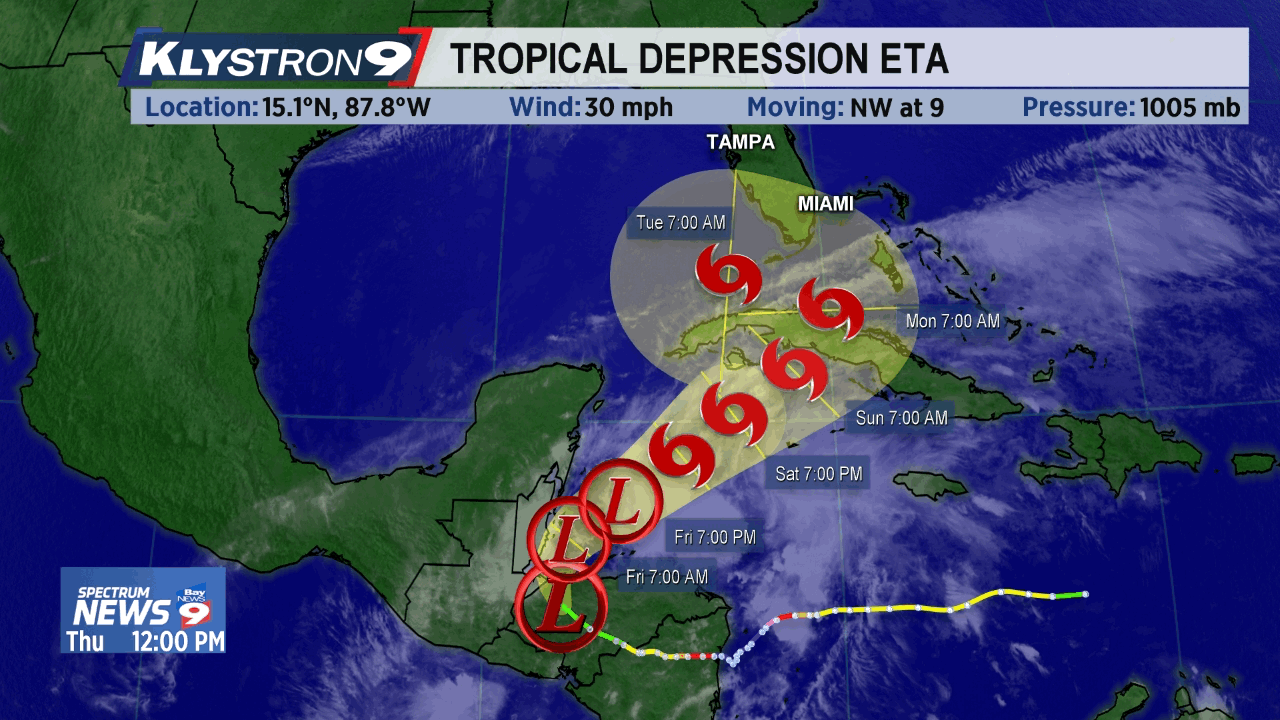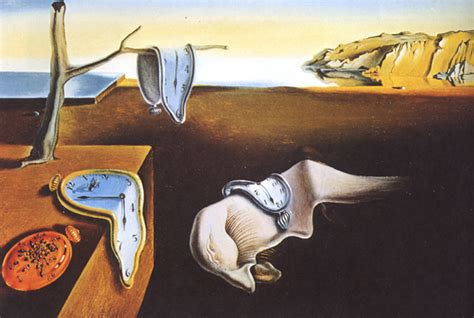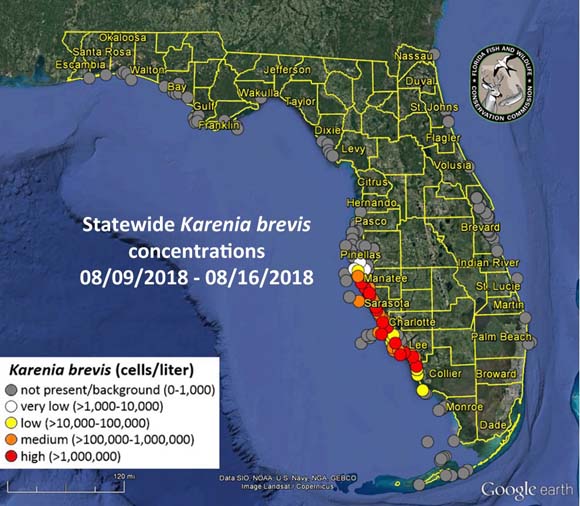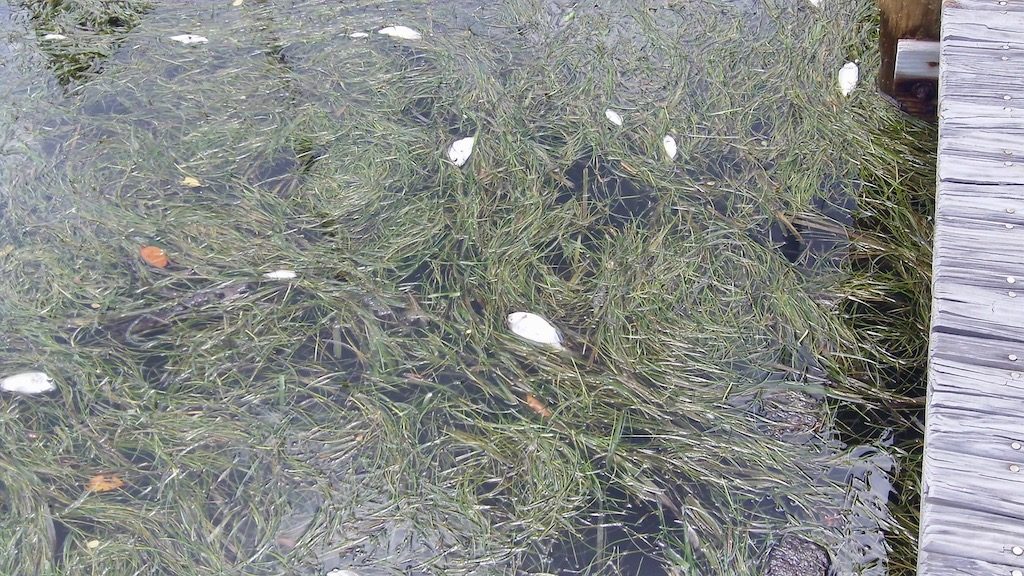Summary:
An active 2020 summer storm season passed by Anna Maria Island with minor effects. Hurricane Eta caused a surprisingly high storm surge and flooding overnight coinciding with a high tide. A local business man died from electrocution after touching a flooded appliance.
- Above average storm activity
- No Anna Maria Island evacuations
- 2 landfalls on Florida Gulf Coast, Sally and Eta
- Minor damage from Eta 2′ surge, which flooded some low-lying Anna Maria Island properties. Minor squalls and rainfall.


“I think really what stood out to me about 2020 was the extremely active late season. October and November were extremely active with seven storms and a whopping four major hurricanes (Delta, Epsilon, Eta and Iota).” said Phil Klotzbach, lead author of the forecast at CSU.
The causes of the active year, according to NOAA’s lead seasonal hurricane forecaster Gerry Bell, included warmer-than-average Atlantic sea-surface temperatures and a stronger west African monsoon, along with wind patterns coming off Africa that were more favorable for storm development.
“These conditions, combined with La Niña, helped make this record-breaking, extremely active hurricane season possible.”
While it’s clear warmer ocean temperatures make storms stronger, there’s still vigorous debate among top climate scientists on the question of whether warmer waters lead to a greater number of tropical systems.
“My colleagues and I feel that the jury is very much out on the topic of global tropical cyclone frequency,” said Dr. Kerry Emanuel from MIT, a leading researcher on how climate change affects hurricanes. While this Atlantic season was extreme, he points out that what we see in the Atlantic Basin is not representative of the rest of the globe. “Only about 12 percent of the world’s tropical cyclones occur in the Atlantic, and globally it has not been a very exceptional year.”
Atlantic Hurricane Season | April 2020 forecast | 2020 Actual |
| Named storms (>35mph) | 13 | 30 |
| Hurricanes (>72mph) | 8 | 13 |
| Major hurricanes (>111mph) | 4 | 9 |
| US landfall likelihood | 55% | 40% (12) |
| Gulf Coast landfall | 32% | 30% (9) |
| Florida landfall | 7% (2) Keys and panhandle |
The Named Storms of 2020:
| Name | Active Period | Peak Strength mph |
| TS Arthur | May 16-19 | 60 |
| TS Bertha | May 27-28 | 50 |
| TS Cristobal | June 1-10 | 50 |
| TS Dolly | June 21-24 | 45 |
| TS Edouard | July 4-6 | 45 |
| TS Fay | July 9-11 | 60 |
| TS Gonzalo | July 21-25 | 65 |
| Hurricane Hanna | July 23-27 | 90 (Cat 1) |
| Hurricane Isaias | Jul 28-Aug 5 | 85 (Cat 1) |
| TS Josephine | Aug 11-16 | 45 |
| TS Kyle | Aug 14-16 | 50 |
| Hurricane Laura | Aug 20-29 | 130 (Cat 4) |
| Hurricane Marco | Aug 20-25 | 75 (Cat 1) |
| TS Omar | Aug 31-Sep 5 | 40 |
| Hurricane Nana | Sep 1-4 | 75 (Cat 1) |
| Hurricane Paulette | Sep 7-23 | 105 (Cat 2) |
| TS Rene | Sep 7-14 | 50 |
| Hurricane Sally | Sep 11-18 | 105 (Cat 2) |
| Hurricane Teddy | Sep 12-24 | 140 (Cat 4) |
| TS Vicky | Sep 14-17 | 50 |
| TS Beta | Sep 17-25 | 60 |
| TS Wilfred | Sep 18-21 | 40 |
| TS Alpha | Sep 18-19 | 50 |
| TS Gamma | Oct 2-6 | 70 |
| Hurricane Delta | Oct 4-12 | 145 (Cat 4) |
| Hurricane Epsilon | Oct 19-26 | 115 (Cat 3) |
| Hurricane Zeta | Oct 24-29 | 110 (Cat 2) |
| Hurricane Eta | Oct 31-Nov 13 | 150 (Cat 4) |
| TS Theta | Nov 10-15 | 70 |
| Hurricane Iota | Nov 13-18 | 160 (Cat 5) |






For detailed discussion of factors contributing to 2020 storm weather, see CSU meteorology (pdf).





